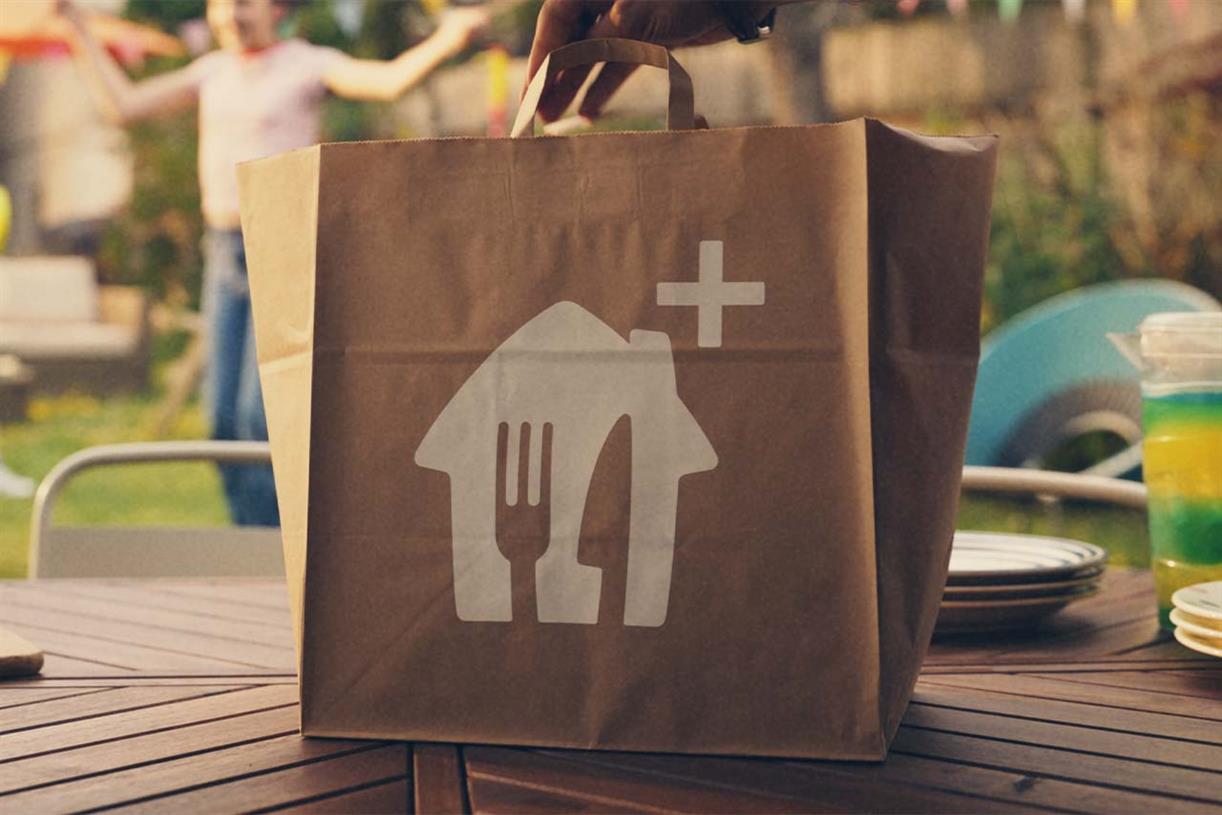Why All the Gen Z Kids Love ‘Soft Saving’ (and How to Do It)
I’ve written before how you should treat your budget like a healthy diet. Sure, you can try intense restriction—like the FIRE movement’s math-heavy approach—to get you an early retirement. But on the other end of the spectrum, you may...

I’ve written before how you should treat your budget like a healthy diet. Sure, you can try intense restriction—like the FIRE movement’s math-heavy approach—to get you an early retirement. But on the other end of the spectrum, you may spiral out into revenge spending, dooming your finances the same way binge-eating can doom your diet. In-between, there’s the concept of “soft saving,” a happy medium between these extremes. It’s all about moderation. Or that’s the idea, anyway.
Allow me to flex my firsthand insight into Gen Z here: Generally, a “soft life” is a lifestyle that embraces low stress and self-care. Akin to quiet quitting, soft saving is simply a trendy term to describe the timeless pursuit of a life worth living within the confines of capitalism. While older generations made work their whole life, Gen Z want to make life their whole life. Soft saving is a cute way of talking about saving in a way that won’t either require intense management, or cause you to blow up your life with a spending spree.
And while personal finance trends come and go, some tenants of soft saving do hold up under scrutiny. Here’s more on what soft saving is, and how to judge whether it’s the right approach for you.
What is soft saving?
Soft saving is a money management technique that aims to help you save money without making huge lifestyle cuts or depriving yourself of small comforts. But what does it actually look like?
Soft saving involves making minor, incremental changes to your spending habits to free up small amounts of cash that can be put into savings. The “soft” aspect comes from the approach taken: gradual and flexible, rather than strict budget slashing.
What’s most worthwhile about this trend is what soft saving can do for your relationship with money: The soft saving mindset acknowledges that, like a crash diet, dramatic lifestyle overhauls are often unsustainable. So instead of depriving yourself of all dining out, entertainment, nonessential shopping, etc., you look for gentle ways to scale back that you can stick t long-term.
How to start soft saving now
Here are some easy soft saving strategies you can use to start growing your savings without sacrificing your day-to-day happiness.
Take a spending pause. Before any purchase, pause and ask yourself if you really need it, or just want it in the moment. Downgrade where reasonable. One place to start is with your bank statements, reviewing whether all the things you’re spending money on are actually valuable to you (and not some subscription service you forgot about long ago). For recurring expenses like cell phone plans, downgrade to a lower-cost option when possible.Limit impulse purchases. Avoid impulse buys by waiting 24 hours before purchasing anything unplanned. My favorite hack is to always physically write down what I want to buy before I actually buy it.Spend cash only. Use cash instead of cards for discretionary purchases to feel the impact of spending.Institute no-spend days. Pick 1-2 days per week to buy nothing discretionary.
The key to soft saving is consistency over time—think sustained moderation over yo-yo dieting. You might be surprised to find how many expenses you’ll be able to eliminate, whether because they were unintentional or were motivated by stress.
Soft saving allows you to be flexible
If you take away one value from the soft saving trend, let it be flexibility. If you beat yourself up for every little indulgence, you’ll burn out quickly. The point isn’t to be perfect, but to regularly choose saving over spending when reasonable. Build sustainable habits you can practice daily, and allow yourself room to enjoy life.

 KickT
KickT 



























.jpg?trim=0,147,0,146&width=1200&height=800&crop=1200:800)



